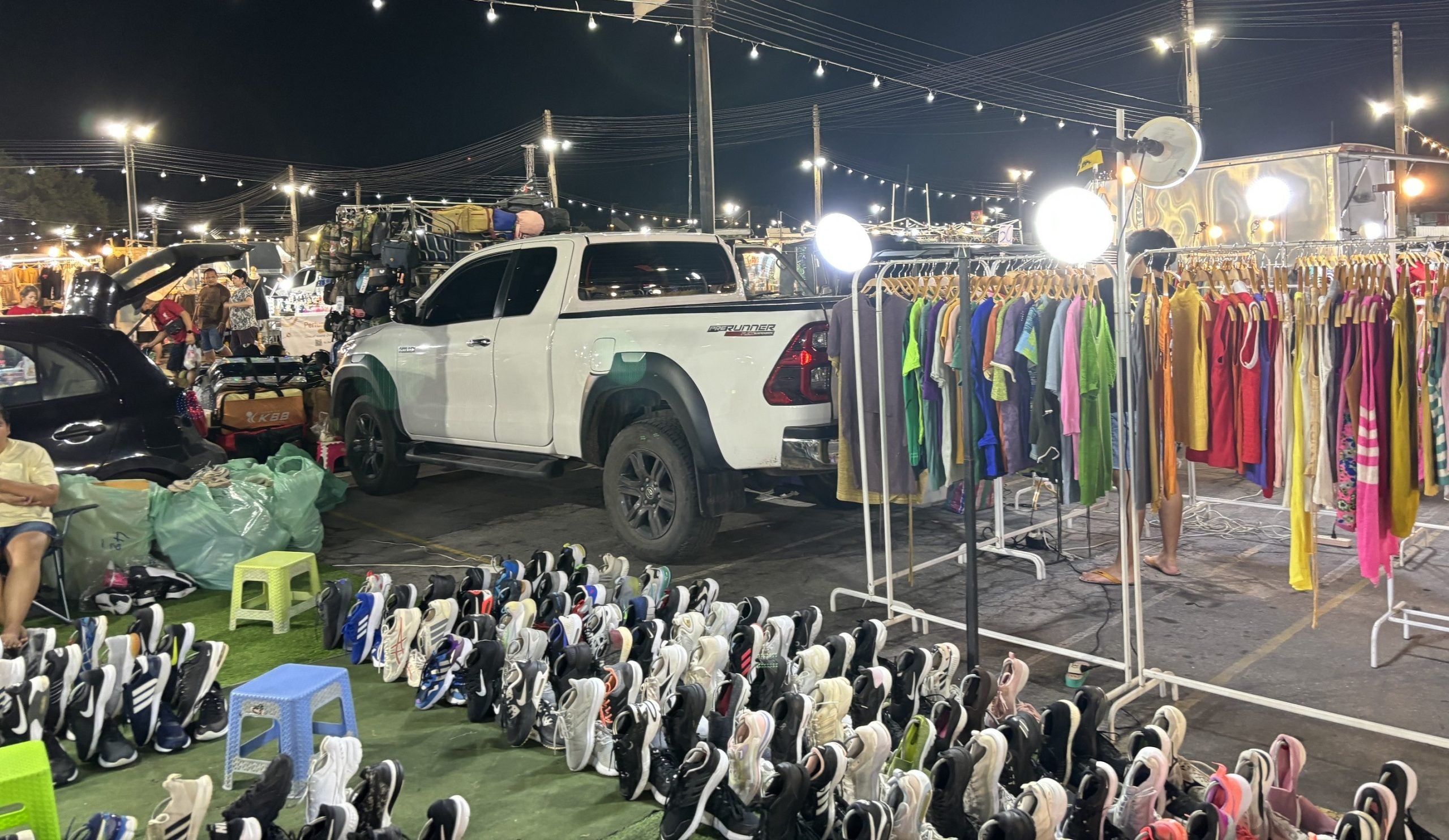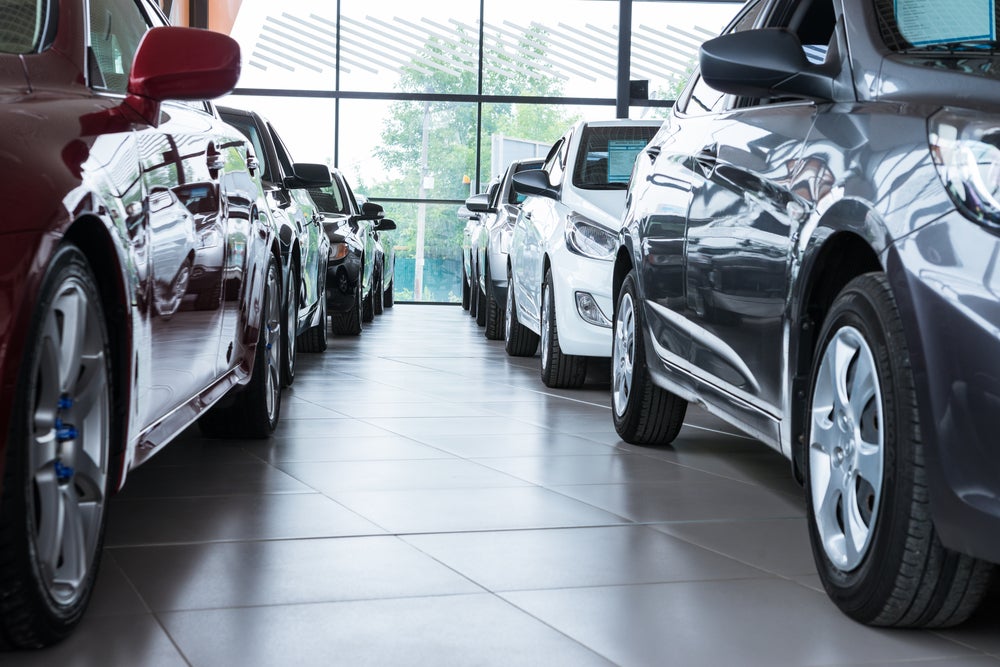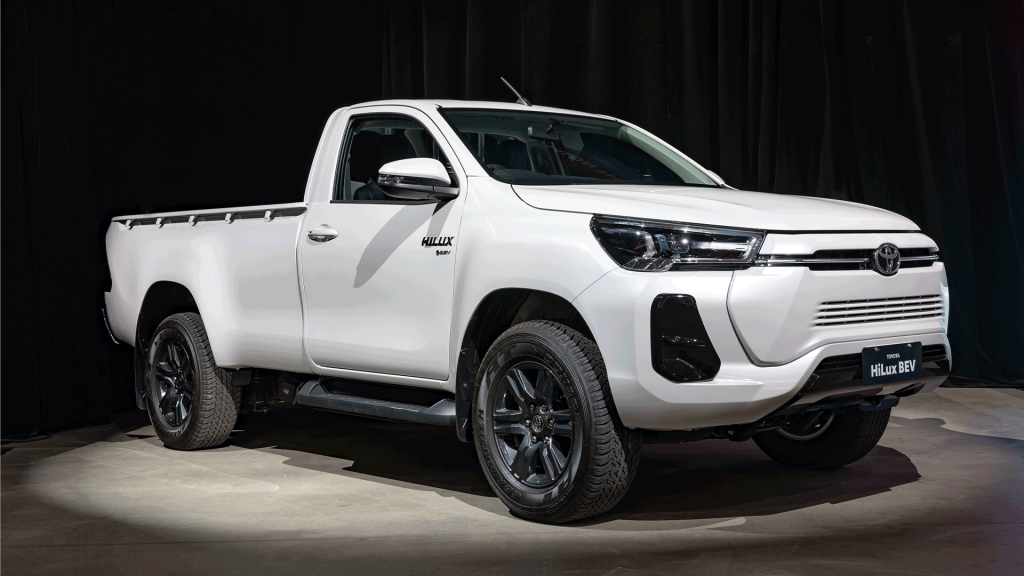Electric Pickup trucks (BEV Pickups) are slowly gaining popularity in the United States, the largest market for this type of vehicle. Major manufacturers like Ford, GM, and Tesla have introduced full-sized electric Pickups designed specifically for the American market. However, in other parts of the world, such as Thailand and Australia, light-duty Pickups like the Toyota Hilux, Isuzu D-Max, and Ford Ranger are more commonly used. These smaller Pickups serve various purposes, including load carrying, mining operations support, towing, off-roading, and everyday transportation.
Currently, most light-duty Pickups worldwide are powered by diesel engines, offering a good balance between power and fuel efficiency. However, with the global shift towards electrification, it is certain that electric light-duty Pickups will enter more markets in the near future.
Chinese automakers have already started selling BEV Pickups and exporting them to Europe and Australia. Japanese OEMs like Toyota and Isuzu are also planning to launch their own BEV Pickups in the coming years. Additionally, BYD and Kia are expected to join this segment with newly developed models featuring xEV powertrains later this year.
Developing BEV Pickups on a body-on-frame platform poses challenges due to the heavier structure compared to monocoque designs. The weight of the batteries can affect the payload capability, forcing manufacturers to choose between range and load capacity. However, for light-duty Pickups worldwide, having multiple cabin types and rear bed options on the same frame design is crucial for achieving economies of scale. Therefore, it is expected that many upcoming BEV Pickups will share the same frame as their ICE counterparts.
It is unlikely that BEV Pickups will offer both long-range and high payload capability in the same vehicle. Current battery technology still requires considerable weight to achieve the desired driving range. As a result, BEV Pickups will likely be more suitable for lifestyle use rather than commercial purposes until battery technology advances further and energy density improves.
The usage of Pickups in Thailand is a good example. Around half of vehicle sales in Thailand are Pickups, not only for commercial purposes but also as family vehicles. Customers often expect one pickup to fulfil multiple roles, such as driving to work, sending children to school on weekdays, and carrying fresh products from the farm to the market on weekends. The extended cab cabin style Pickups are still popular in this market due to their compromise between load capacity, comfort, reliability, and affordability. So even if BEV Pickups were priced similarly to their ICE counterparts, it does not necessarily mean they would be the primary choice for customers due to concerns about range and payload.
How well do you really know your competitors?
Access the most comprehensive Company Profiles on the market, powered by GlobalData. Save hours of research. Gain competitive edge.

Thank you!
Your download email will arrive shortly
Not ready to buy yet? Download a free sample
We are confident about the unique quality of our Company Profiles. However, we want you to make the most beneficial decision for your business, so we offer a free sample that you can download by submitting the below form
By GlobalDataThe share of global production of light-duty Pickups, which are BEV, is forecasted to reach around 15% (569k units) by 2030. Their battery sizes are expected to range between 59 and 140 kWh. Meanwhile, diesel-powered Pickups are expected to continue dominating the market for a long time to come.
Kwan Wongwetsawat, Senior Analyst, Global Powertrain, GlobalData
This article was first published on GlobalData’s dedicated research platform, the Automotive Intelligence Center. For more details on GlobalData’s designated Global Light Vehicle Powertrain module, click here









Related Company Profiles
Ford Motor Co
GM
Tesla Inc
Toyo Tanso Co Ltd
Isuzu Motors Ltd